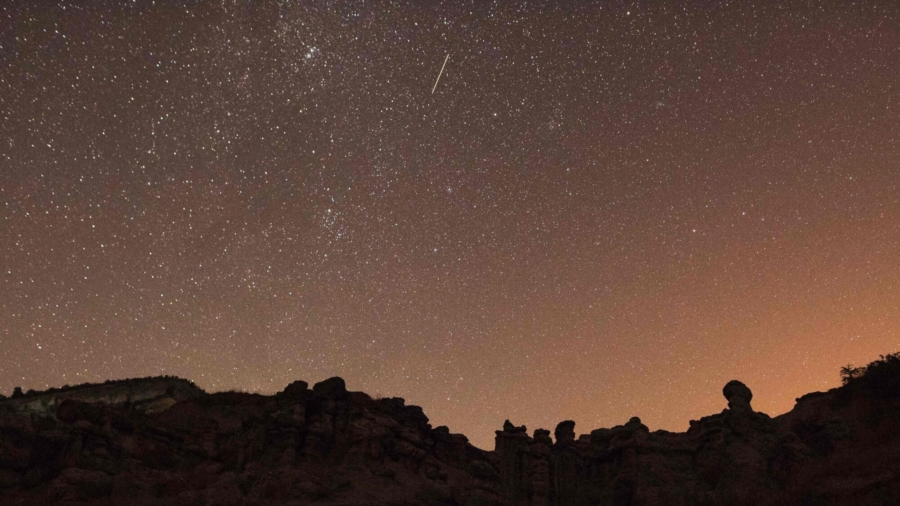The calendar of annual meteor showers saves one of its best for last.
The Geminids will light up the night sky Monday night into Tuesday morning, and NASA calls this shower “one of the best and most reliable” for its bright, fast, and abundant meteors.
At its peak at 2 a.m, wherever you are, the shower can produce more than 50 meteors per hour, according to EarthSky. However, dark skies are optimal for viewing meteor showers and the moon will be approximately 77 percent lit during the peak, so the meteors could be difficult to spot.
The moon will begin to set and won’t interfere as much with the visibility starting at 2 a.m. to dawn, so it may be worth it to pull half an all-nighter. NASA said Geminids can be viewable around the world, but the Northern Hemisphere will have the best visibility.
For an optimal viewing experience, don’t bother using a telescope because it would limit your view of the sky. The naked eye is the best instrument to track these shooting stars. The meteor shower will be sporadic, so grab a lawn chair and plan on sitting outside for a while. While you can’t control the moon’s brightness, moving away from city lights can help with visibility, since you’ll avoid light pollution in the sky.
The Geminids are named for the constellation Gemini, where the meteors appear to stem from.
The meteors are debris from the rock comet 3200 Phaethon. Phaethon is hard to define because it has qualities of both a comet and an asteroid, according to NASA. The rock comet orbits particularly close to the sun and gets its name from a character in Greek mythology character who drove the sun god Helios’ chariot.
NASA will also livestream the night sky through its meteor camera at NASA’s Marshall Space Flight Center in Huntsville, Alabama, starting at 9 p.m. ET. If waiting around in the December cold after midnight is not your idea of a good time, livestreamed stargazing will be your best bet.
According to EarthSky’s 2021 meteor shower guide, the Ursid meteor shower will be the next and last of this year on December 22.


